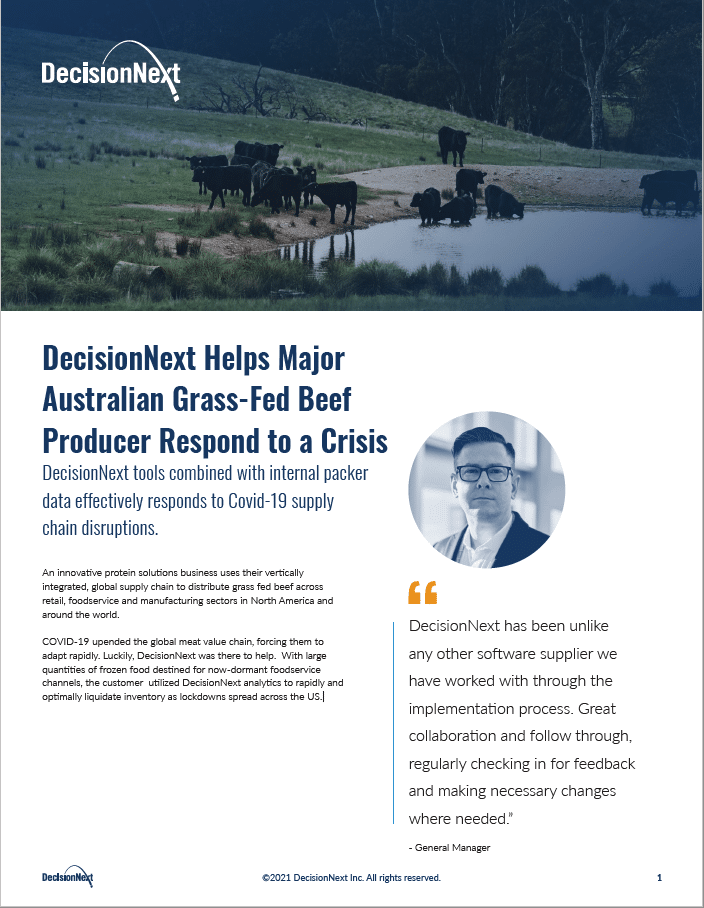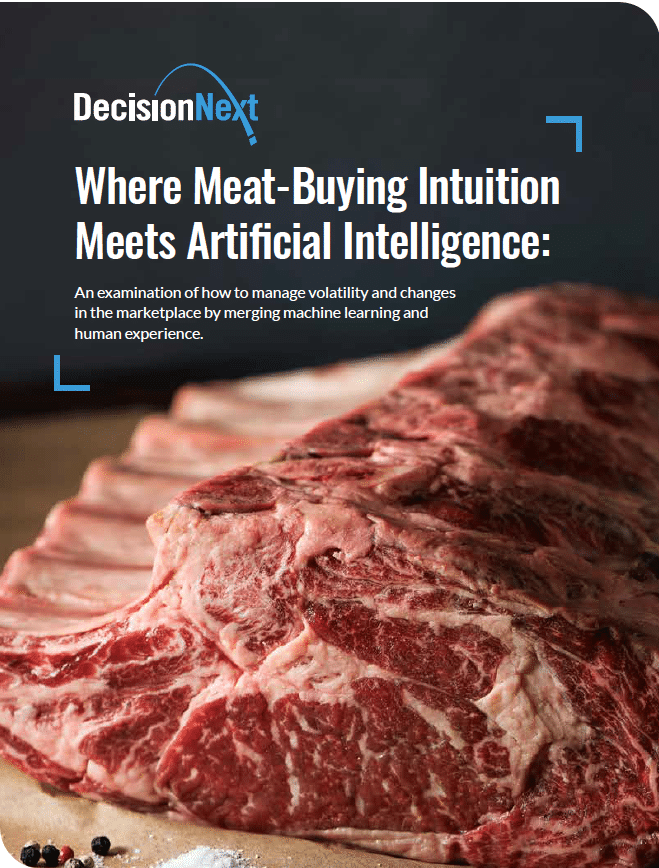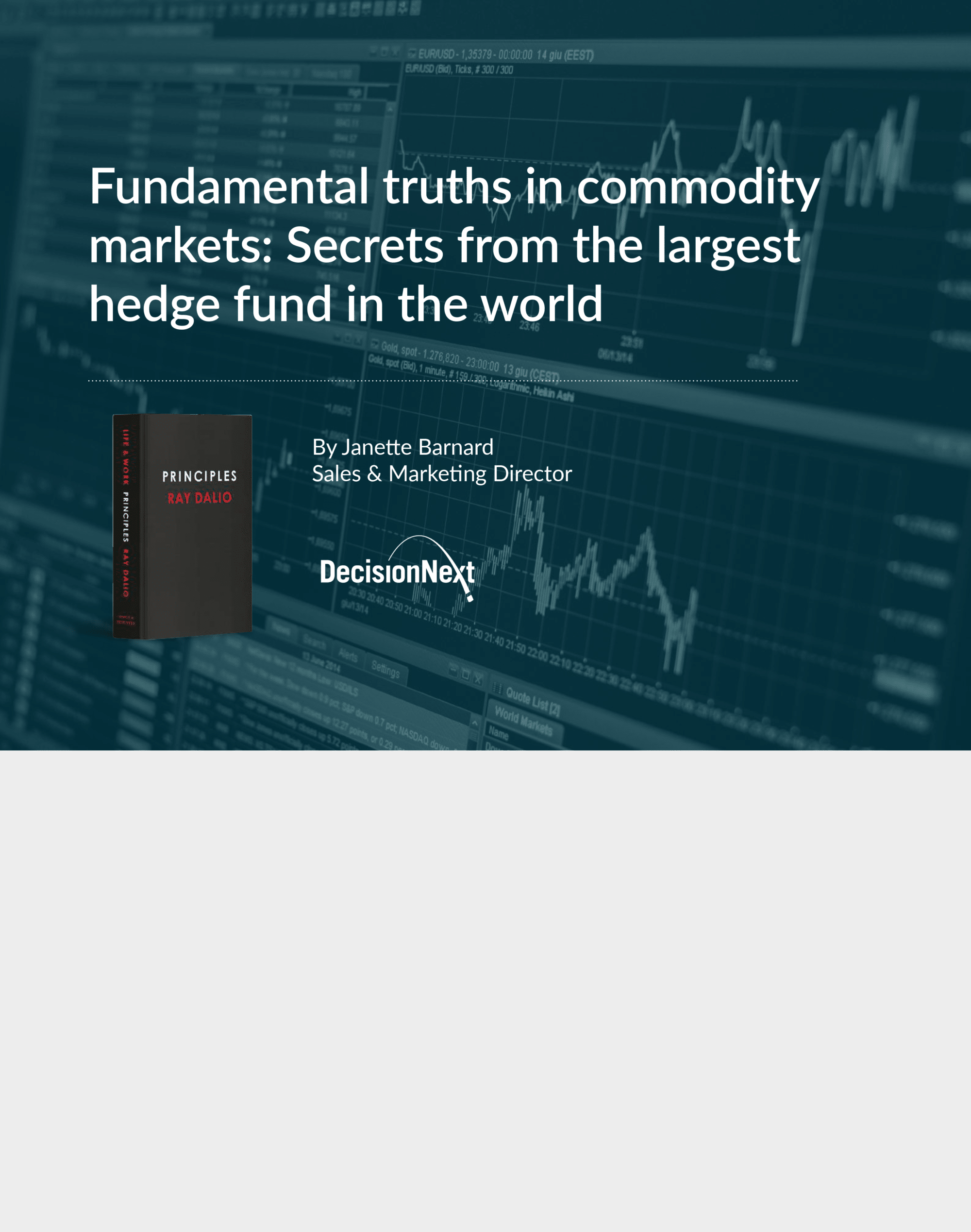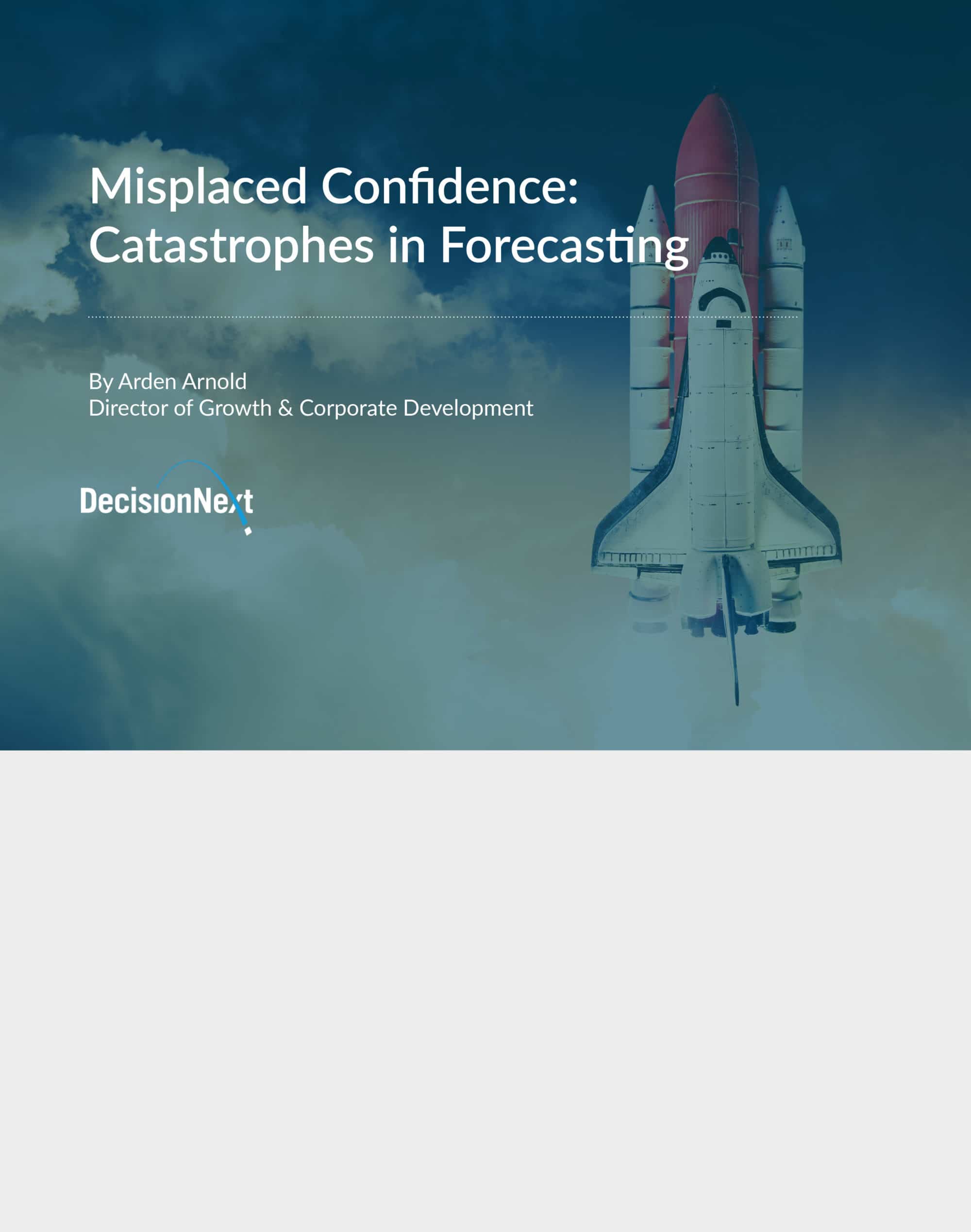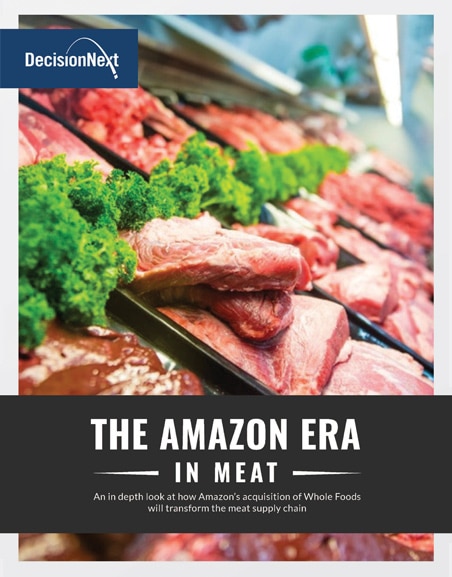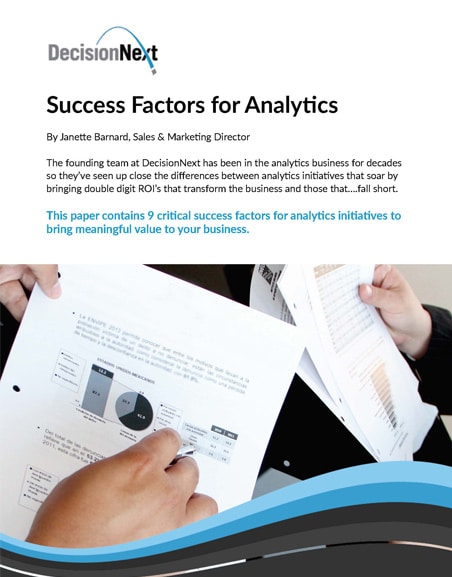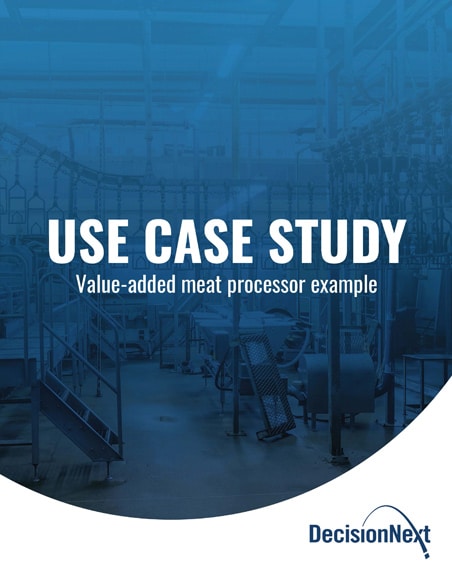Even before new tariffs hit our international trading partners in early April, the summer of 2025 was looking tumultuous for cattle and beef markets. Carcass weights are at all-time highs, cattle supplies are tighter than ever, and economic uncertainty is starting to affect what consumers buy. With all this going on, beef buyers are facing one of the toughest pricing situations in years.
To better understand this shift, here are the 5 key drivers of this market volatility:
1) Tight Cattle Supply – The U.S. cattle inventory has declined to its lowest level since 1951, with only 86.7 million head reported in the January 2025 survey. This reduction comes from a mix of factors, like drought and rising feed costs.
2) Carcass Weights at Record Highs – The limited supply of cattle has boosted their market value, encouraging producers to maximize carcass weights (Fig. 1). While increased cattle weights result in more beef being added to the supply chain, this hasn’t been enough to offset the effects of tightening supply on retail prices.
Figure 1 – Dressed cattle weights have spiked nearly 70 pounds over the past two years.
3) Influx of Low-Cost Imported Trim and Cuts – In recent years, domestically sourced lean meat and imported lean meat have occasionally shown significant price divergence. This has broken a decade-long trend of moving in sync (Fig. 2). Current cattle cycles favor imported lean beef, especially lean trim from countries like Australia. And these trends have been made worse by the weight of domestic cattle, causing an oversupply of fatty trim and a shortage of lean beef trimmings. (Understanding Trim Markets in U.S. Beef Trade and the Impact of International Supply Dynamics)
Figure 2 – Domestic and Import 90s show significant price divergence for first time in a decade.
4) Uncertainty around Consumer Demand – Economic uncertainty, including factors like consumer sentiment (Fig. 3), food inflation, and potential tariffs, is influencing how consumers approach protein purchases. While some economists predict a recession in 2025 that could impact beef demand, the Power of Meat study commissioned by FMI claims we’re entering a “golden era” for animal protein, with beef demand continuing to grow. The effects of price sensitivity are already shifting retail strategies.
Figure 3 – The UMich Consumer Sentiment Survey would indicate that consumer sentiment levels are trending downwards, approaching lows not seen since 2008.
5) Sky-High Poultry Prices – The average price of chicken breast shot up 87% from January to May (Fig. 4). There are many economic variables at play here, including avian flu which has been an ongoing issue plaguing poultry and egg operations. As uncertainty clouds the protein market, more shoppers are turning to poultry—pushing chicken prices even higher.
Figure 4 – Price of chicken breast has increased 87% ($1.26) since 1/1/25.
Staying Cool in a Heated Summer Market
As beef buyers move into summer 2025, they face a complex web of opposing market forces. There’s tight domestic supply, shifting global trade flows, and uncertain consumer demand—all creating a volatile pricing environment. Navigating it will require vigilant tracking of key trends and agile, data-informed strategies. Those who stay responsive will be best positioned to manage risk and capitalize on opportunity. Tools like DecisionNext can help you stay ahead by using predictive analytics to guide smarter, more confident business decisions.
See how the DecisionNext platform can help your business, and schedule a demo today.

